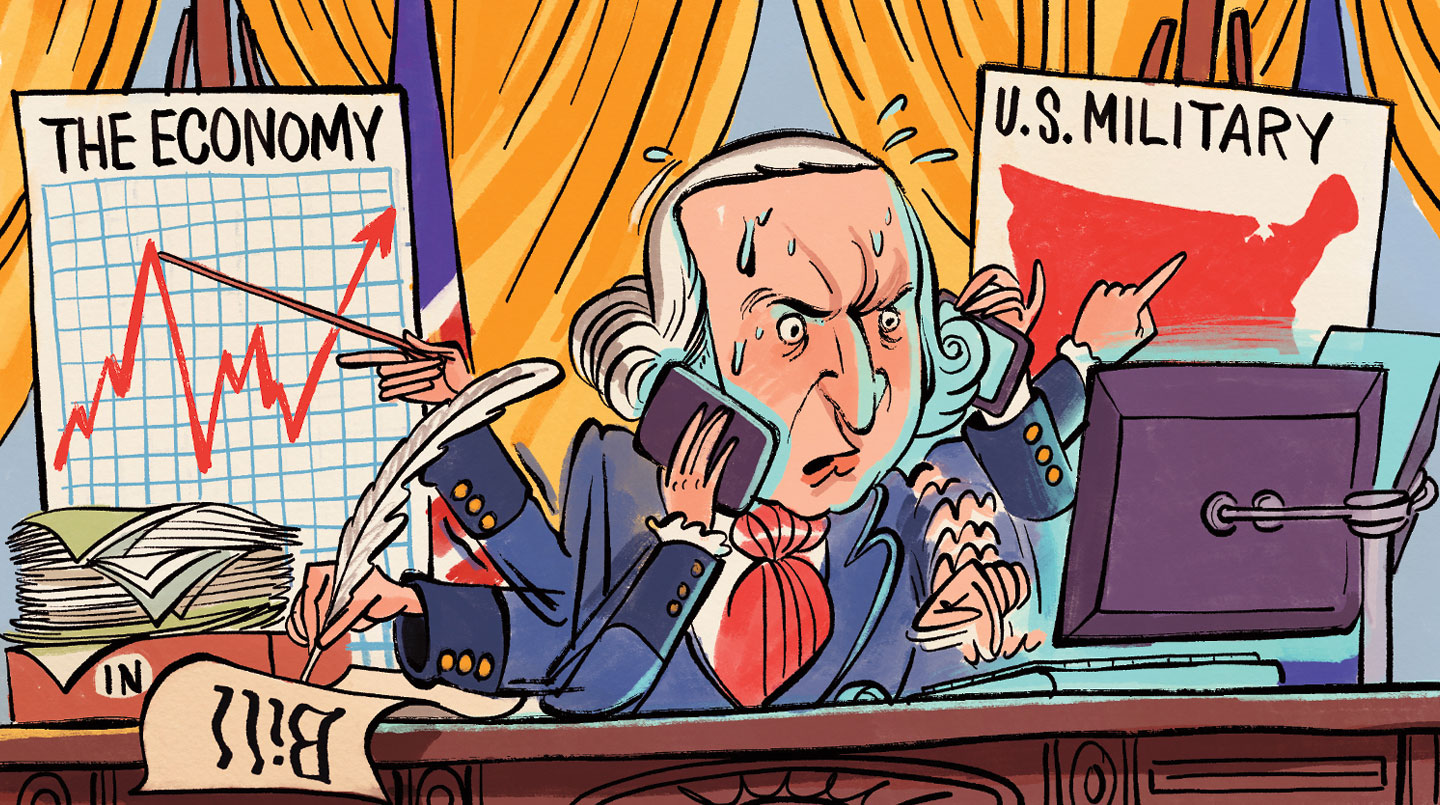Unit Three:
Civil Liberties and Civil Rights
Overview:
Through the U.S. Constitution, but primarily through the Bill of Rights and the Fourteenth Amendment, citizens and groups have attempted to restrict national and state governments from unduly infringing upon individual rights essential to ordered liberty and from denying equal protection under the law. Likewise, it has sometimes been argued that these legal protections have been used to block reforms and restrict freedoms of others in the name of social order.
The Constitution, but especially the Bill of Rights and the Fourteenth Amendment, are used to assert the rights of citizens and protect groups from discrimination. As such, the government must respect the dignity of the person and assure equal treatment.
The Supreme Court has been called upon to interpret protections for freedom of political expression and religious exercise, the right to bear arms, the right of privacy, and the rights necessary to ensure that those accused of crimes receive a fair trial.
The equal protection clause provides that states may not deprive persons of equal protection under the law. African Americans, Hispanics, women, LGBTQ (lesbian, gay, bisexual, transgender, queer) people, and other groups have used the clause to lead social movements on behalf of their concerns. The Supreme Court has rendered several landmark decisions that expand civil rights, and Congress has passed legislation that expands equality.
Essential Questions:
- How does the Constitution protect our rights and liberties, and how has our government tried to limit our rights and liberties to help make us safer?
- How have U.S. Supreme Court rulings changed civil liberties and civil rights?
Lesson 3.1: The Bill of Rights
Enduring Understanding:
Provisions of the U.S. Constitution’s Bill of Rights are continually being interpreted to balance the power of government and the civil liberties of individuals.
Learning Objectives:
Explain how the U.S. Constitution protects individual liberties and rights.
Describe the rights protected in the Bill of Rights.
Essential Knowledge:
The U.S. Constitution includes a Bill of Rights specifically designed to protect individual liberties and rights.
Civil liberties are constitutionally established guarantees and freedoms that protect citizens, opinions, and property against arbitrary government interference.
The application of the Bill of Rights is continuously interpreted by the courts.
The Bill of Rights consists of the first ten Amendments to the Constitution, which enumerate the liberties and rights of individuals.
Debrief 3.1:
Answer the following questions using your own knowledge or resources...
- What is an amendment?
- What is the two-step process that allows for amendments to be made?
- Describe the main argument that existed between the Federalists and Anti-Federalists concerning the addition of the first ten amendments (The Bill of Rights) at the Constitutional Convention...
Activity #1: Civil Liberty Scenarios...
Listen to the scenarios (1-4) that we read in class. For each one of the scenarios record the following information in your notebooks...
- What right or liberty that is guaranteed by the Bill of Rights is in question?
- How do you think the Supreme Court ruled?
Activity #2: Visual Bill of Rights














